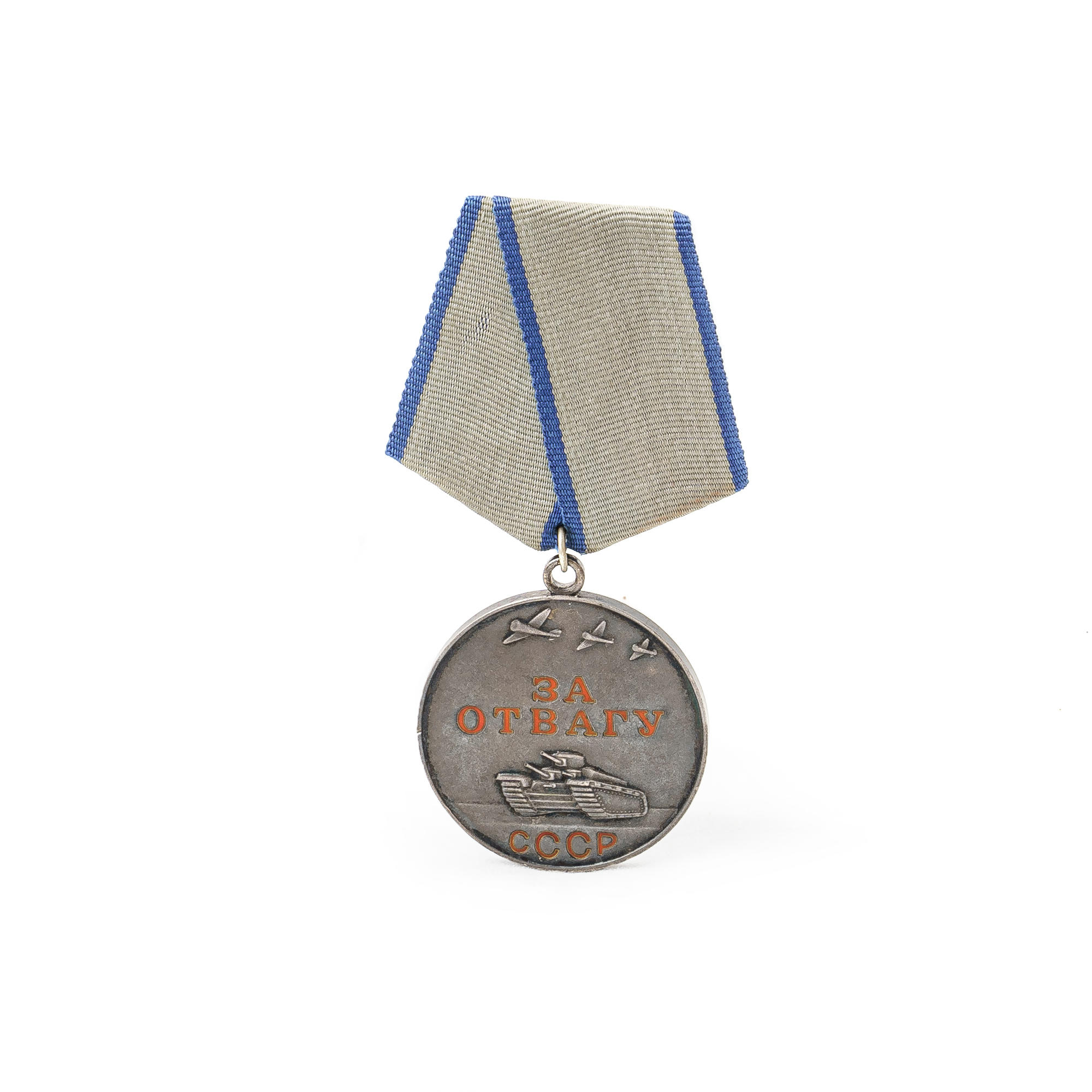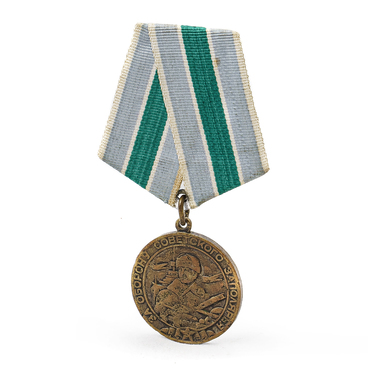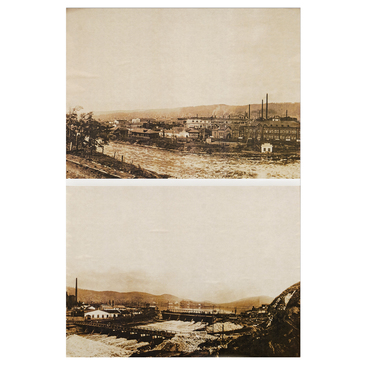The USSR system of commendations in the military was in many ways the same as in the Tsarist Armed Forces. The first orders and medals came into being in the 1920s, afterwards their number grew gradually. Personnel were decorated for both their part in specific combat operations and personal courage, displayed during the war.
In the order of precedence established in the USSR the top rank belonged to the Medal for Valor, awarded only for personal merits, courage and bravery in combat. Established on October 17, 1938, its first recipients became Nikolay Gulyaev and Boris Grigoryev with the Soviet Border Guard. Their actions on October 22, 1938 earned them the award when they detained a sabotage group in the vicinity of Lake Khasan, Primorsky region. Some days passed by and several other service members, who also had prevented a sabotage in the area, were recommended for the decoration.
The medal was usually awarded to enlisted men. It was not unheard of if soldiers with penal battalions, who knew it well that they could pay for their guilt before the Fatherland with blood only, received it. Many of them displayed unbelievable courage in combat, being living proof that even a single man on the ground could face the enemy and put up a worthy fight against him. However, this often came at the price of their own life.
There are many cases in the Soviet history of the medal awarded multiple times to the same person. The most extended collection of Medals for Valor was awarded to Semen Gretsov. A corpsman, he pulled out from the battlefield 130 wounded with their weapons. And this is an official figure. Those who lost their rifles were not counted. The only woman, awarded five Medals for Valor for saving at least 100 lives, was medical orderly Vera Ippolitova.
Pavel Gribkov and Stepan Zolnikov, who marched in the Victory Parade ranks through Red Square, had five Medal for Valor attesting to their acumen and courage during the war. Zolnikov’s fifth medal was for his actions in the Battle of Berlin at night from May 8 to 9. The youngest recipient of the decoration was 6-year old Sergey Aleshkov, a regimental son (an orphan adopted by a regiment), who had rescued his regiment commander blocked in a trench shelter during an air raid. The Medal for Valor has been awarded to a total of 4.6 mln. people.
However, there were peacetime decorations as well. In 1956, several hundred Soviet paratroopers received it for suppression of riots in Hungary. The Medal for Valor was awarded to thousands of internationalist warriors, who had fought in Afghanistan. A noteworthy fact is that only service members could be recommended for decoration. For civilians, who displayed courage in combat, there was another award, namely the Medal for Battle Merit.
In 1994, Russia reintroduced the Medal for Valor, which was awarded to the submarine engineers, employed on the sunk Komsomolets, so many years after the fact.
In the order of precedence established in the USSR the top rank belonged to the Medal for Valor, awarded only for personal merits, courage and bravery in combat. Established on October 17, 1938, its first recipients became Nikolay Gulyaev and Boris Grigoryev with the Soviet Border Guard. Their actions on October 22, 1938 earned them the award when they detained a sabotage group in the vicinity of Lake Khasan, Primorsky region. Some days passed by and several other service members, who also had prevented a sabotage in the area, were recommended for the decoration.
The medal was usually awarded to enlisted men. It was not unheard of if soldiers with penal battalions, who knew it well that they could pay for their guilt before the Fatherland with blood only, received it. Many of them displayed unbelievable courage in combat, being living proof that even a single man on the ground could face the enemy and put up a worthy fight against him. However, this often came at the price of their own life.
There are many cases in the Soviet history of the medal awarded multiple times to the same person. The most extended collection of Medals for Valor was awarded to Semen Gretsov. A corpsman, he pulled out from the battlefield 130 wounded with their weapons. And this is an official figure. Those who lost their rifles were not counted. The only woman, awarded five Medals for Valor for saving at least 100 lives, was medical orderly Vera Ippolitova.
Pavel Gribkov and Stepan Zolnikov, who marched in the Victory Parade ranks through Red Square, had five Medal for Valor attesting to their acumen and courage during the war. Zolnikov’s fifth medal was for his actions in the Battle of Berlin at night from May 8 to 9. The youngest recipient of the decoration was 6-year old Sergey Aleshkov, a regimental son (an orphan adopted by a regiment), who had rescued his regiment commander blocked in a trench shelter during an air raid. The Medal for Valor has been awarded to a total of 4.6 mln. people.
However, there were peacetime decorations as well. In 1956, several hundred Soviet paratroopers received it for suppression of riots in Hungary. The Medal for Valor was awarded to thousands of internationalist warriors, who had fought in Afghanistan. A noteworthy fact is that only service members could be recommended for decoration. For civilians, who displayed courage in combat, there was another award, namely the Medal for Battle Merit.
In 1994, Russia reintroduced the Medal for Valor, which was awarded to the submarine engineers, employed on the sunk Komsomolets, so many years after the fact.




